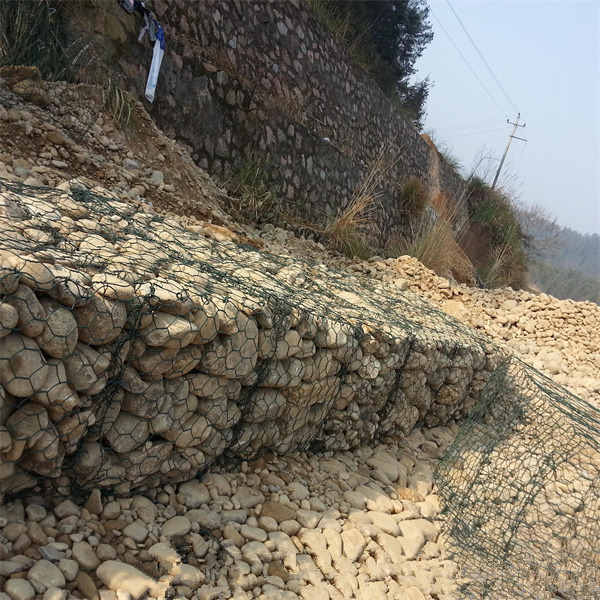Dec . 04, 2024 09:05 Back to list
Innovative Uses of Geotextiles in Gabion Applications for Sustainable Engineering Solutions
Understanding Geotextile Gabions An Innovative Solution for Erosion Control and Stabilization
In recent years, the growing concerns over environmental preservation and infrastructure durability have led to innovative engineering solutions, one of which is the use of geotextile gabions. These structures combine the strength of traditional gabions with the versatility and functionality of geotextile materials, providing a sustainable approach to erosion control, soil stabilization, and landscape enhancement.
What are Geotextile Gabions?
Geotextile gabions are essentially wire mesh baskets filled with stones or other materials, encased in a durable fabric. This geotextile material serves multiple functions it provides drainage, filters sediments, and prevents soil erosion while allowing vegetation to grow. The combination of these two components creates a robust structure that adapts to various environmental conditions, making it suited for a wide range of applications.
Applications of Geotextile Gabions
1. Erosion Control One of the primary applications of geotextile gabions is in erosion control along riverbanks, shorelines, and slopes. The wire mesh cages can be filled with locally sourced stones, which not only stabilize the soil but also blend seamlessly with the natural landscape. The open structure of the gabions allows water to flow through while trapping sediments, thus preventing further erosion.
2. Slope Stabilization Geotextile gabions are increasingly used for slope stabilization projects, particularly in areas prone to landslides. By reinforcing the soil with these structures, engineers can effectively reduce the risk of slope failure. The gabions provide a mechanical barrier that holds soil in place, while the drainage capabilities of the geotextile help manage water runoff, minimizing the likelihood of erosion and instability.
geotextile gabion

3. Riverbank Protection Many waterways are susceptible to erosion caused by flowing water. Geotextile gabions can be deployed along riverbanks to protect against this erosion. The combined weight of the stones and the support from the geotextile fabric create a strong defense, helping to maintain the integrity of the waterway while also enhancing the habitat for aquatic and riparian life.
4. Landscaping and Aesthetic Uses Beyond their functional applications, geotextile gabions can be employed in landscaping to create visually appealing structures. Garden beds, retaining walls, and decorative features can be made using gabions, allowing homeowners and designers to incorporate natural materials into their outdoor spaces. The use of various stones gives flexibility in design, enabling the creation of unique textures and patterns.
Environmental Benefits
One notable advantage of geotextile gabions is their environmental sustainability. They are often constructed with local materials, reducing transportation costs and carbon footprints. Furthermore, their porous nature allows for natural filtration of water and sediment, promoting healthier ecosystems. By using geotextile gabions, engineers can create structures that not only serve human needs but also protect and enhance the surrounding environment.
Conclusion
Geotextile gabions represent a blend of traditional engineering with modern materials science, offering innovative solutions to some of today's pressing environmental challenges. Their applications in erosion control, slope stabilization, and aesthetic landscaping make them invaluable tools for engineers, landscapers, and environmentalists alike. As we continue to seek sustainable solutions for infrastructure development, geotextile gabions will undoubtedly play a vital role in shaping resilient and eco-friendly landscapes for future generations.
-
HESCO Gabion Baskets for Coastal Erosion Prevention
NewsAug.22,2025
-
Longevity and Durability of River Rock Gabion Walls
NewsAug.22,2025
-
How to Integrate Gabion 3D Walls in Urban Planning
NewsAug.22,2025
-
Reno Mattress Gabion Applications in Civil Engineering
NewsAug.22,2025
-
How to Install Wire Mesh for Gabion Baskets Properly
NewsAug.22,2025
-
Best Materials for Filling a Chain Link Gabion
NewsAug.22,2025
-
Wire Mesh Thickness Impact on Gabion Wall Load Bearing
NewsAug.12,2025






